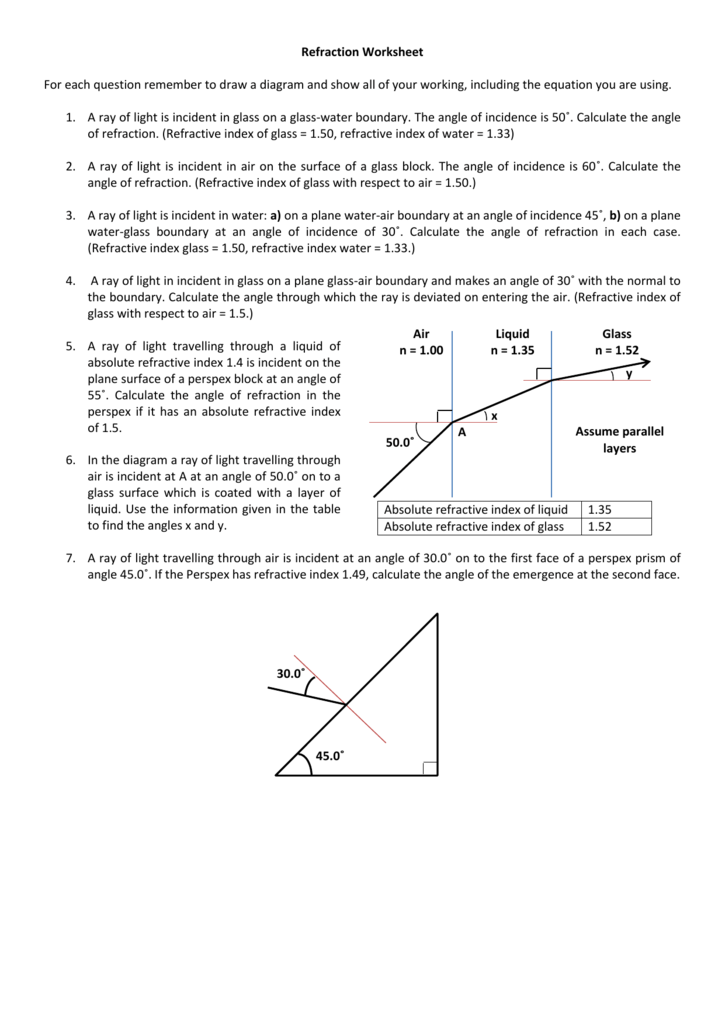

Baffles are usually suspended vertically from the ceiling to reduce reverberation time.īarrier – Heavy, dense and massive material used to block sound.īass Trap – A low-frequency absorber. The surface of an anechoic wedge has a total surface area greater than the flat surface it replaces.Īrticulation – A measure of the intelligibility of speech.Īttenuate – To reduce the level (volume, loudness, energy) of an acoustical (or electrical) signal.Īudio frequency – A frequency that falls within the range of the human hearing, usually taken as 20 Hz to 20 kHz.Īxial mode – The room resonances associated with each pair of parallel walls (including ceiling and floor.īackground noise – The ambient noise level above which signals must be presented or noise sources measured.īaffle – A device used to inhibit the propagation of sound waves.

Audio may be analog or digital.Īrea Effect – Due to exposed edges and diffraction of sound energy around perimeters, acoustical materials spaced apart can exhibit greater absorption than same amount of material with no gaps. The science of the production, control, transmission, reception and effects of sound and the phenomenon of hearing.Īmbience – The residual “room sound” of a listening environment.Īmbient noise – All pervasive noise associated with a given environment.Īnalog – Analog representations of sound replicate its waveform, while transferring it through different media. An absorption coefficient of 1.0 = total absorption, 0.0 = total reflection.Īcoustical tile – A porous architectural material, usually constructed from fiberglass or pressed board, which is most absorptive at the high frequencies.Īcoustics – The sound characteristics of a room. The absorption coefficient of a material is dependent on the frequency of the sound wave. The portion of energy absorbed when a sound wave strikes a material. One sabin is the amount of absorption offered by one square foot of open air.Ībsorption coefficient – Ratio of sound-absorbing effectiveness, at a specific frequency, of a unit area of acoustical absorbent to a unit area of perfectly absorptive material. Absorption is measured in sabins (after Wallace Clement Sabine). When a sound wave encounters resistance, absorption occurs. Sound absorption results from the conversion of sound energy into another form, usually heat or motion, when passing through an acoustical medium. But if you have life! then just give us a call with your acoustic problem and we will recommend a solution.Ībsorption – The opposite of reflection. To help you with the acoustic language we have set out a glossary of terms for you.


 0 kommentar(er)
0 kommentar(er)
